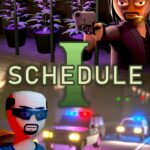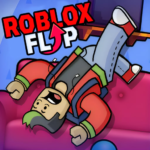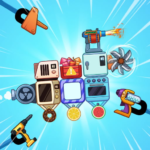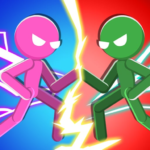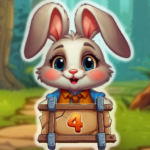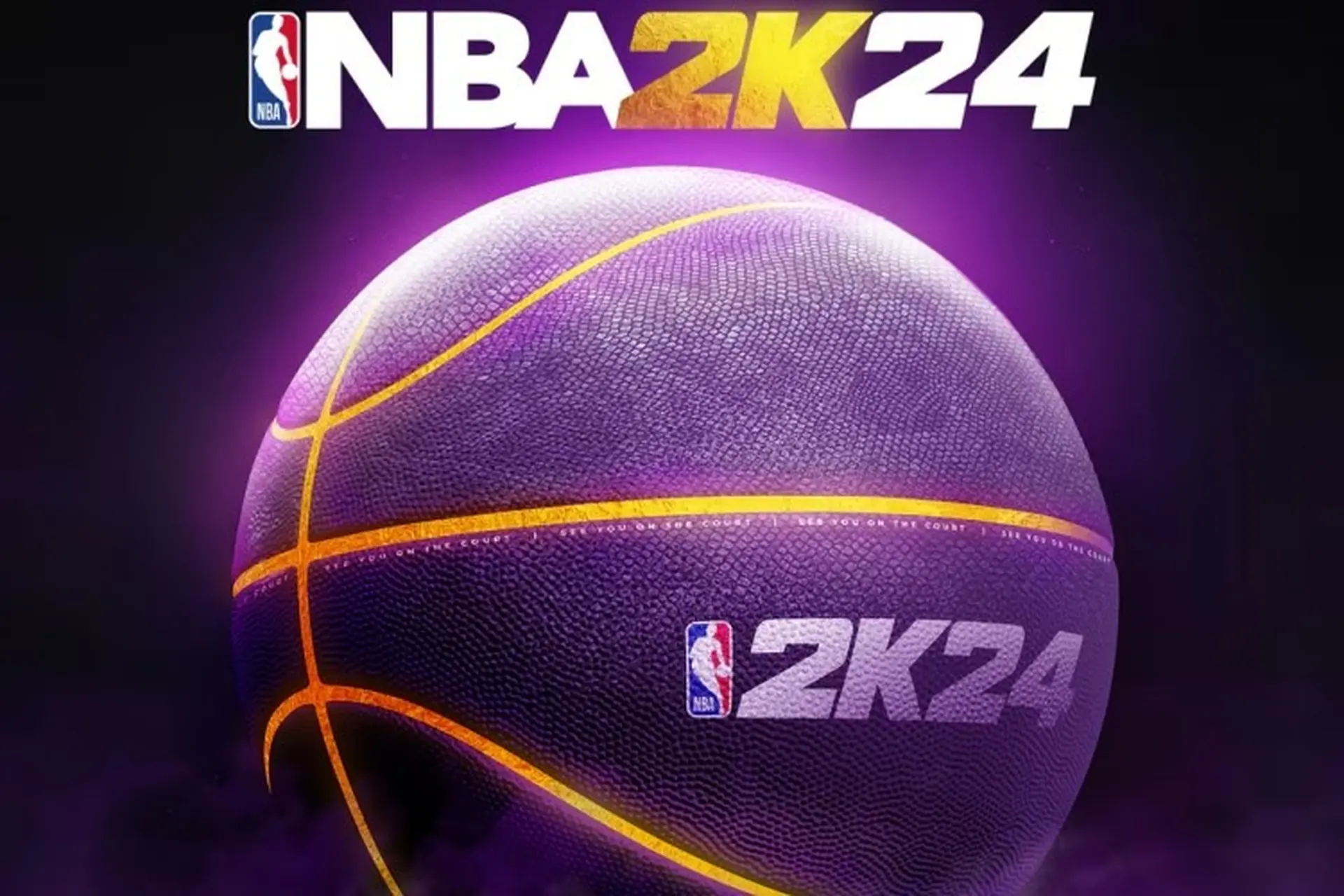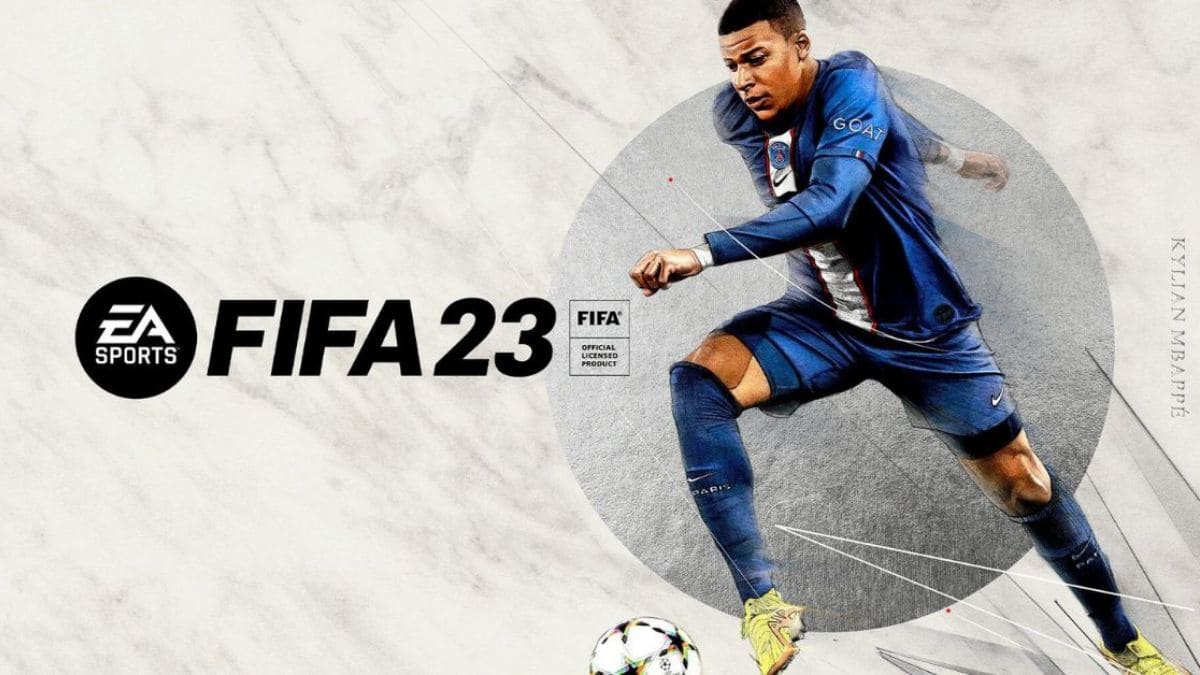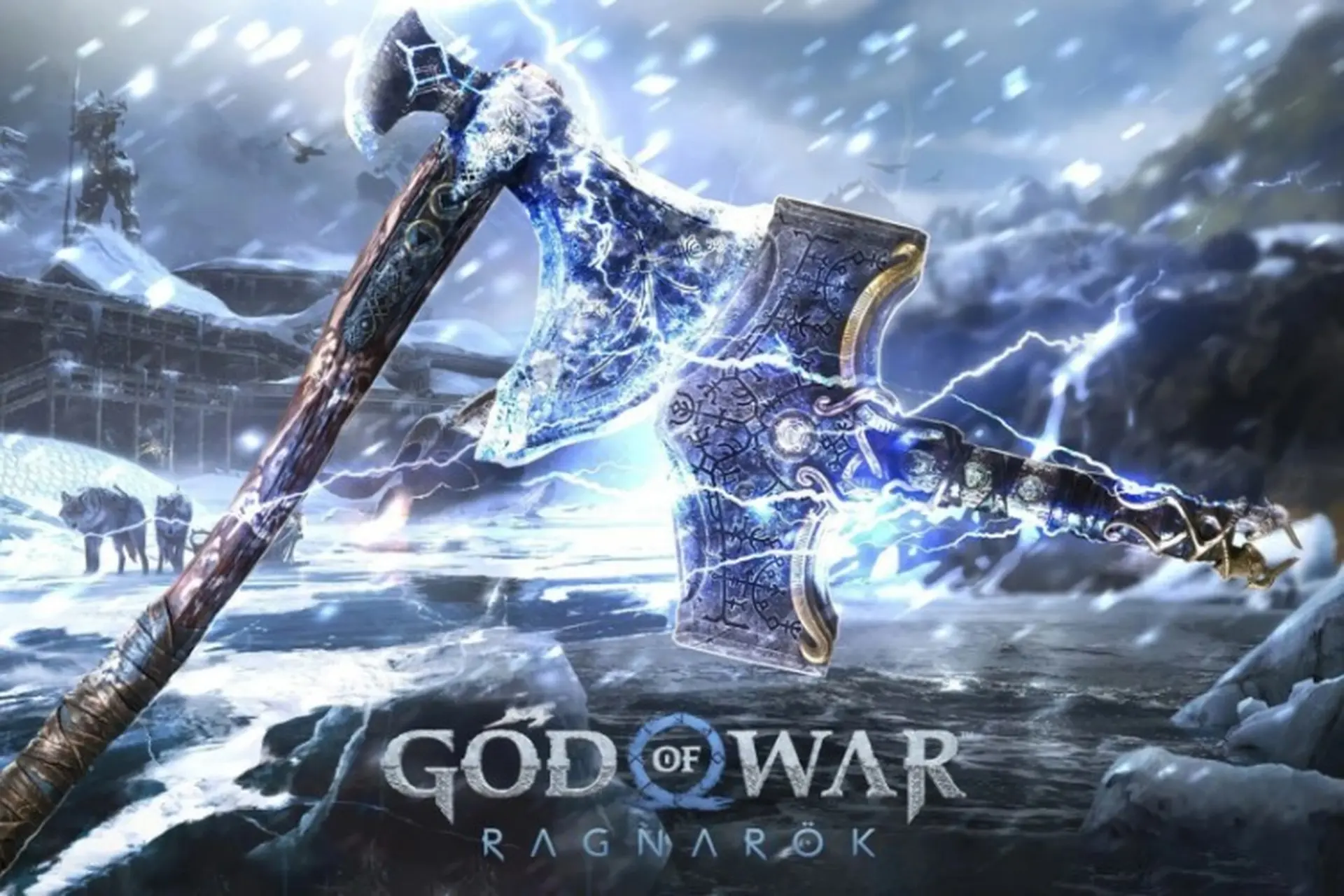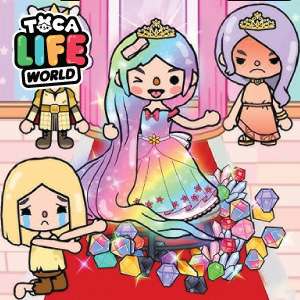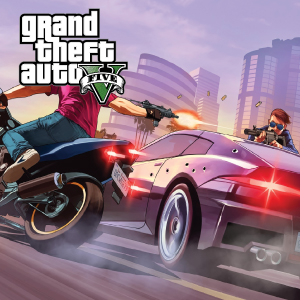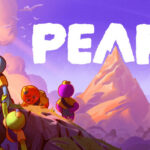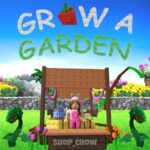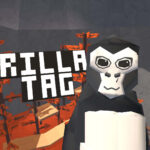Introduction
Minecraft is not just a game—it’s a global cultural phenomenon that has redefined what it means to play, create, and explore in the digital world. Developed by Markus Persson and later acquired by Microsoft, Minecraft offers a procedurally generated sandbox where creativity, survival, and collaboration converge. Whether you're a builder, a redstone engineer, a survivalist, or a storyteller, Minecraft has a place for you.
Since its initial release in 2009, Minecraft has grown into the best-selling video game of all time. It appeals to kids, adults, casual players, and hardcore modders alike. The game’s success is rooted in its simplicity and depth—it’s easy to play but nearly impossible to exhaust. This article delves into Minecraft’s evolution, game modes, community, educational value, and why it remains relevant over a decade after its release.
1. The Origins of Minecraft
Minecraft began as a side project in May 2009, created by Swedish programmer Markus “Notch” Persson. Inspired by games like Infiniminer and Dwarf Fortress, Notch developed a prototype that emphasized block-based building and exploration in a 3D environment.
The game quickly gained traction on indie forums, and by 2011, Minecraft Beta had already sold millions of copies. With a small development team at Mojang, the game officially launched in November 2011, setting the stage for global expansion.
Pros:
-
Grassroots development helped shape a loyal fanbase
-
Transparent development attracted a collaborative community
Cons:
-
Early versions lacked polish and structure
-
Limited content in pre-release phases
Rating: 8.0/10
2. Survival Mode: The Core of the Minecraft Experience
Survival mode is Minecraft’s heart—a world where players start with nothing and must gather resources, build shelter, fight off monsters, and thrive in a dynamic, dangerous environment. Hunger, health, and nighttime dangers like zombies and creepers all contribute to the tension.
The crafting system—where players build tools, armor, and machines from raw resources—is intuitive yet deep. The sense of progression from wooden tools to diamond gear creates a satisfying gameplay loop.
H3: Key Survival Elements
-
Resource mining and crafting
-
Health and hunger management
-
Mob combat and exploration
Pros:
-
Endless replayability
-
Balances risk, reward, and discovery
-
Encourages creativity under pressure
Cons:
-
Can be intimidating for first-time players
-
Dying can result in heavy progress loss
Rating: 9.0/10
3. Creative Mode: A Playground for Imagination
In Creative mode, Minecraft removes survival mechanics and gives players unlimited access to all blocks and items. This mode transforms Minecraft into a digital LEGO set, ideal for building cities, recreating famous landmarks, or experimenting with redstone logic circuits.
Architects, artists, and educators often use Creative mode to design intricate structures, educational spaces, or machinima-style storytelling projects. It's also widely used for multiplayer servers focused on building competitions and role-playing.
H4: Notable Builds in Creative Mode
-
1:1 scale of the Earth in Build The Earth project
-
Game of Thrones’ Westeros recreation
-
Realistic cities like Greenfield
Pros:
-
Perfect for stress-free building and design
-
Empowers players to experiment and innovate
-
Highly accessible for all ages
Cons:
-
Lacks challenge or progression system
-
Can feel directionless without goals
Rating: 9.5/10
4. Multiplayer and Community Servers
Minecraft’s multiplayer scene is vast and varied. Official Realms offer easy setup for friends, but third-party servers are where the real action happens. From survival servers and roleplay communities to minigame servers like Hypixel and Mineplex, there’s something for everyone.
Multiplayer enhances the social aspect of Minecraft, allowing players to collaborate on builds, explore together, or engage in PVP battles. The ability to create and host custom plugins has made Minecraft multiplayer one of the most diverse ecosystems in gaming.
Popular Server Types:
-
Survival Multiplayer (SMP)
-
Creative free-build servers
-
Roleplay worlds
-
Minigames (Bed Wars, SkyBlock, Hunger Games)
Pros:
-
Rich social and collaborative experience
-
Nearly unlimited gameplay types
-
Active community supports innovation
Cons:
-
Server quality varies; some require whitelisting
-
Griefing and moderation issues on public servers
Rating: 9.2/10
5. The Role of Mods and Resource Packs
Minecraft has one of the largest and most active modding communities in gaming. Mods can enhance graphics, add new creatures, introduce magic systems, create new dimensions, or even turn Minecraft into a completely different game.
Resource packs (formerly texture packs) change the game’s visual or audio presentation. From 16-bit nostalgia packs to hyper-realistic shaders, players can tailor Minecraft’s look to their liking.
Top Mods and Packs:
-
OptiFine (performance and graphics)
-
RLCraft (hardcore survival)
-
Biomes O’ Plenty
-
SEUS / BSL Shaders
Pros:
-
Extends game life dramatically
-
Offers complete customization
-
Great for advanced users and content creators
Cons:
-
Can be tricky to install without launchers
-
Compatibility issues between mods
Rating: 9.4/10
6. Redstone and Automation
Redstone is Minecraft’s version of electricity and logic, allowing players to build everything from simple circuits to complex machines. With enough knowledge, players have built working computers, automatic farms, elevators, and even simulated games like Tetris.
Redstone adds engineering and puzzle-solving elements that appeal to more technically minded players. Combined with command blocks and structure blocks, Minecraft becomes a powerful prototyping tool.
H3: Common Redstone Builds
-
Auto-sorting storage systems
-
TNT cannons and traps
-
Functional calculators
Pros:
-
Deep and rewarding for engineers
-
Teaches real-world logic and programming concepts
-
No other game offers this level of in-world automation
Cons:
-
Steep learning curve
-
Redstone lag in large builds
Rating: 9.3/10
7. The Nether, End, and World Progression
Beyond the Overworld lies Minecraft’s more dangerous dimensions: The Nether and The End. The Nether is a lava-filled inferno with rare resources and brutal mobs. The End, reached via strongholds, houses the Ender Dragon, Minecraft’s final boss.
These dimensions introduce game progression—an objective path from humble beginnings to slaying the dragon. They also unlock access to elytras (wings), shulker boxes, and netherite, increasing endgame power.
Pros:
-
Adds structured goals and lore
-
Greatly expands gameplay depth
-
High risk, high reward
Cons:
-
Requires preparation and gear to explore safely
-
The End can feel underwhelming after the first visit
Rating: 8.8/10
8. Education and Learning with Minecraft
Minecraft: Education Edition is an official version tailored for classroom use. It includes lesson plans for science, coding, history, and mathematics, using Minecraft’s sandbox as a teaching tool.
Outside classrooms, Minecraft still teaches soft skills: collaboration, planning, budgeting (in survival), spatial reasoning, and problem-solving. Parents often see it as a “safe” and educational game compared to violent alternatives.
Educational Benefits:
-
STEM learning through redstone and coding
-
History and architecture via world builds
-
Promotes digital citizenship and teamwork
Pros:
-
Endorsed by educators worldwide
-
Flexible for all grade levels
-
Encourages creativity in a digital format
Cons:
-
Requires supervision for younger players
-
Not every server or map is age-appropriate
Rating: 9.6/10
9. Marketplace and Monetization
The Minecraft Marketplace, primarily on Bedrock Edition, allows creators to sell skins, maps, and add-ons. Players use Minecraft Coins (purchased with real money) to buy content. This provides revenue for creators and access to polished content for players.
However, this system also divides the community between Java Edition (mod-heavy, free mods) and Bedrock Edition (paid content, cross-platform). Some players argue that paid content contradicts Minecraft’s original DIY ethos.
Pros:
-
Supports creators financially
-
Makes content discovery easier for new players
-
Ensures polished and curated experiences
Cons:
-
Costs can add up quickly
-
Some content is overpriced or low-quality
-
Java and Bedrock differences confuse new players
Rating: 7.8/10
10. The Future of Minecraft: Innovation Without Limits
Minecraft shows no signs of slowing down. Mojang and Microsoft continue to release major updates like Caves & Cliffs, The Wild Update, and Trails & Tales. Each brings new mobs, blocks, biomes, and features that expand the game’s creative potential.
The addition of archeology, armor trims, camels, and bamboo wood shows that Mojang remains committed to balancing innovation with legacy gameplay. Rumors of future updates include new dimensions, revamped combat, and more AI-generated storytelling elements.
Future Trends to Watch:
-
Minecraft 1.21 and beyond
-
Expansions into AR/VR (Minecraft Earth closed, but lessons remain)
-
Growing influence of AI tools in Creative mode
Pros:
-
Committed developer support
-
Evolving without alienating legacy players
-
Ready for cross-generational longevity
Cons:
-
Update pace can feel slow to some players
-
Balancing new content for both Java and Bedrock remains tricky
Rating: 9.1/10
Conclusion
Minecraft is more than a game—it’s a universe of possibility. Whether you’re surviving your first night, crafting complex machines, building a fantasy city, or teaching students about physics and history, Minecraft adapts to your imagination. Its simplicity is deceptive; beneath the blocky graphics lies an endlessly deep sandbox that offers unmatched creative freedom.
With millions of active users, a thriving modding scene, and continued developer support, Minecraft has proven itself to be timeless. It bridges generations, inspires creativity, and fosters a sense of community rarely matched in the digital world.
Final Expert Rating: 9.5/10 – A generational masterpiece that turns play into purpose, learning into adventure, and creativity into legacy.


